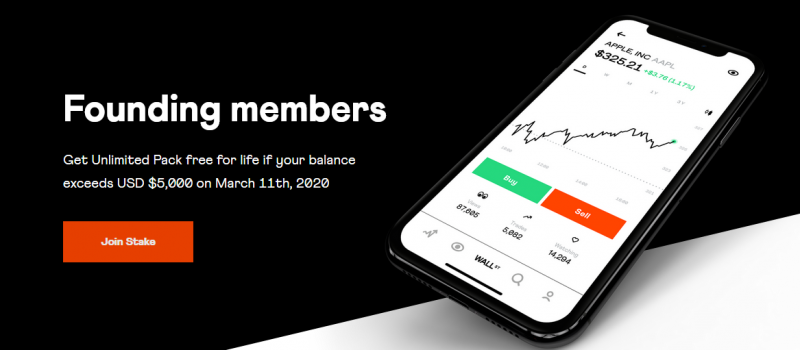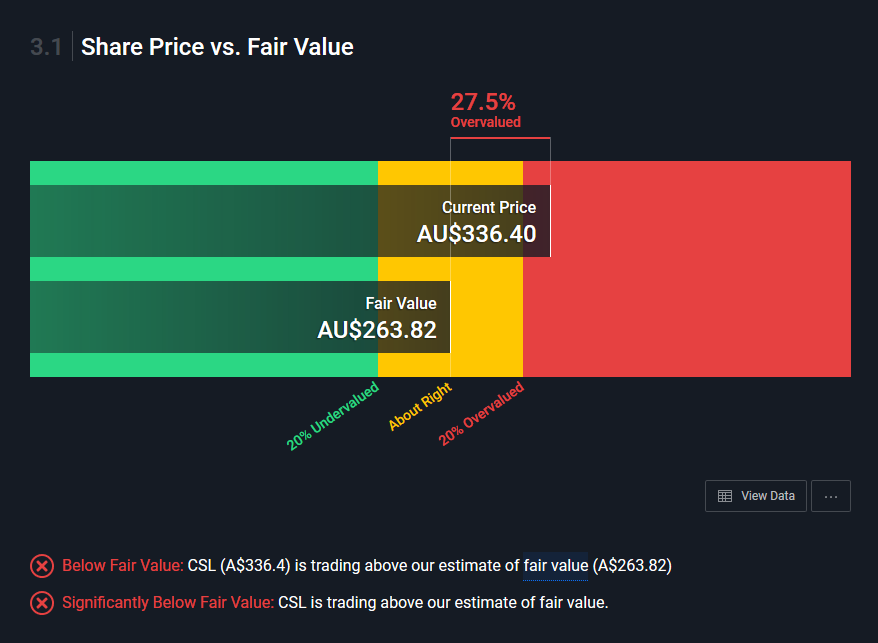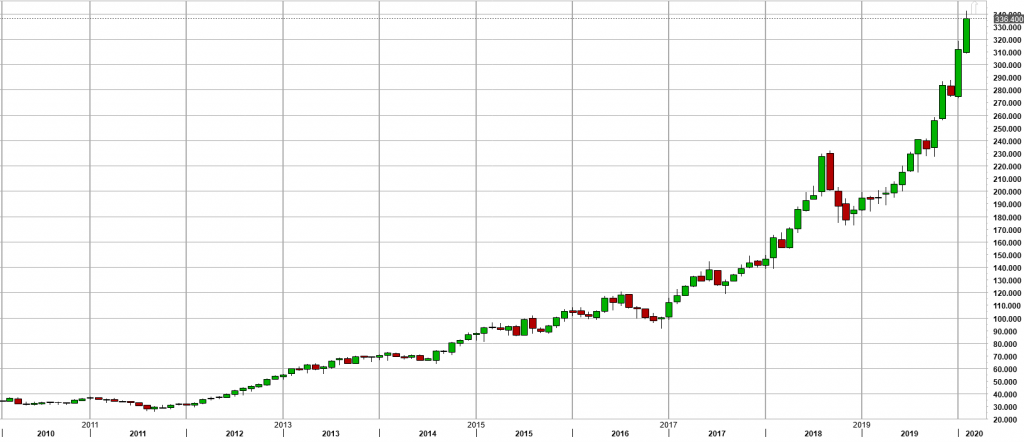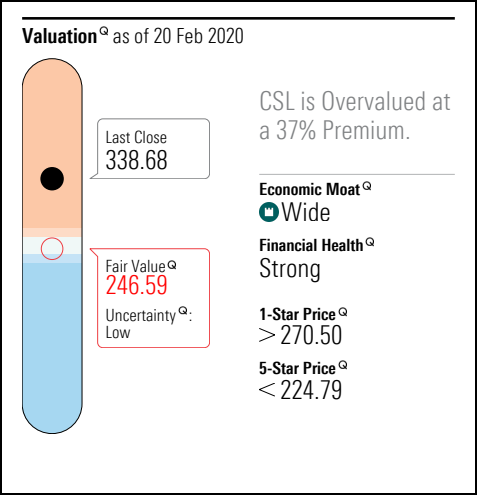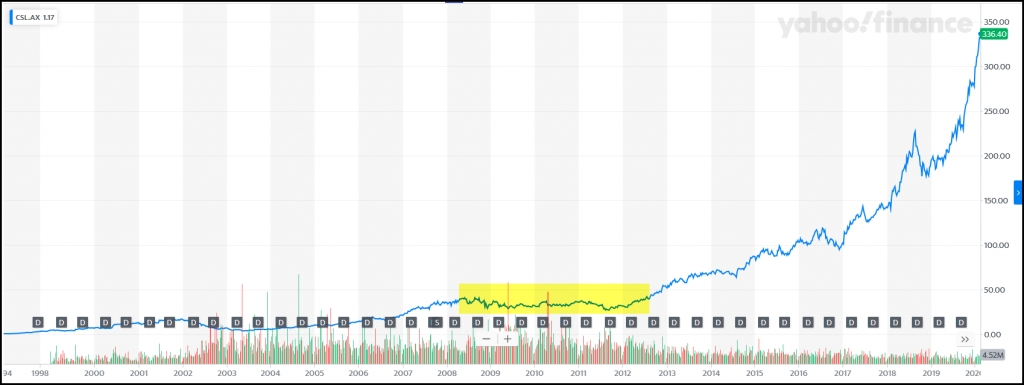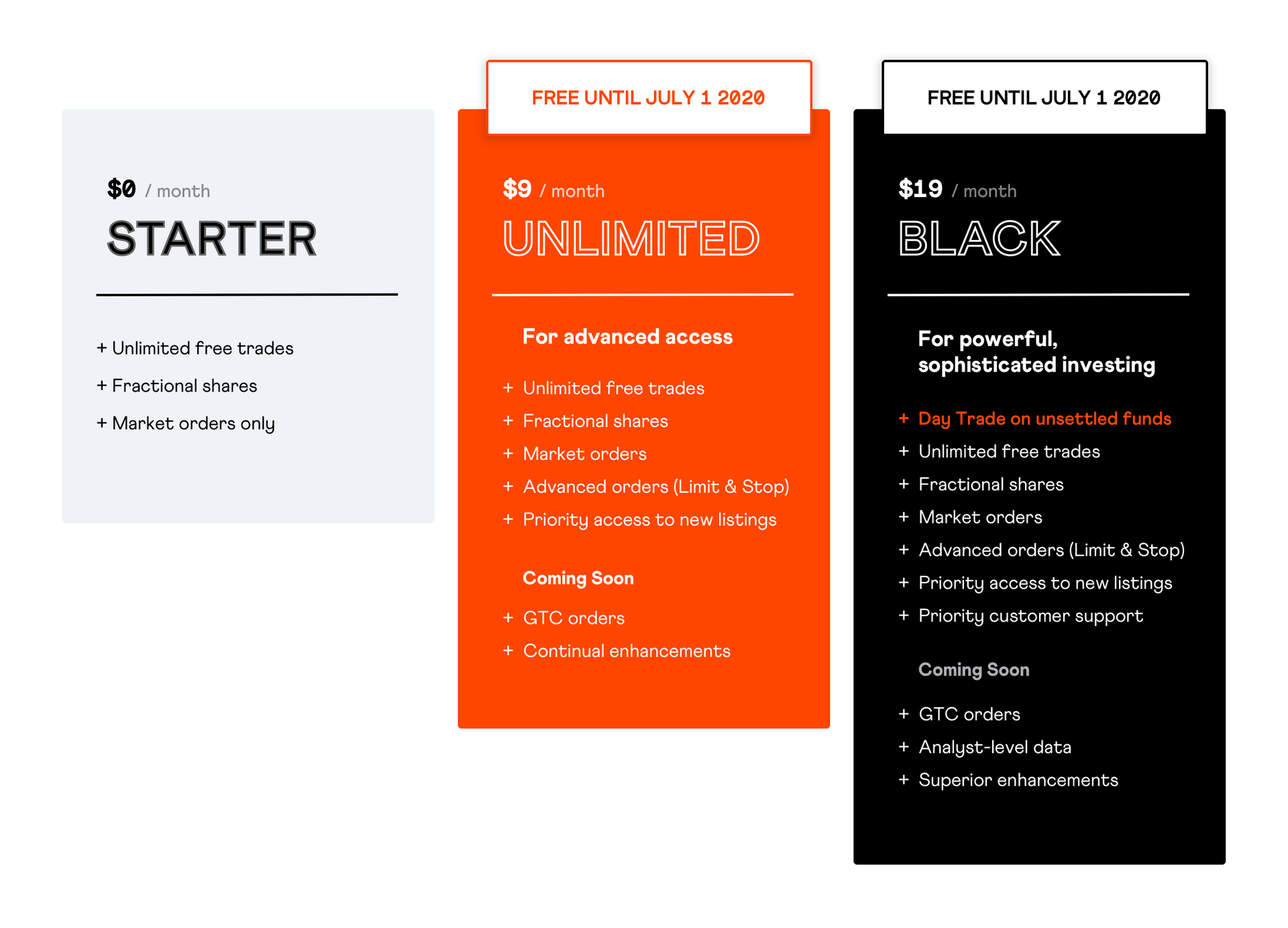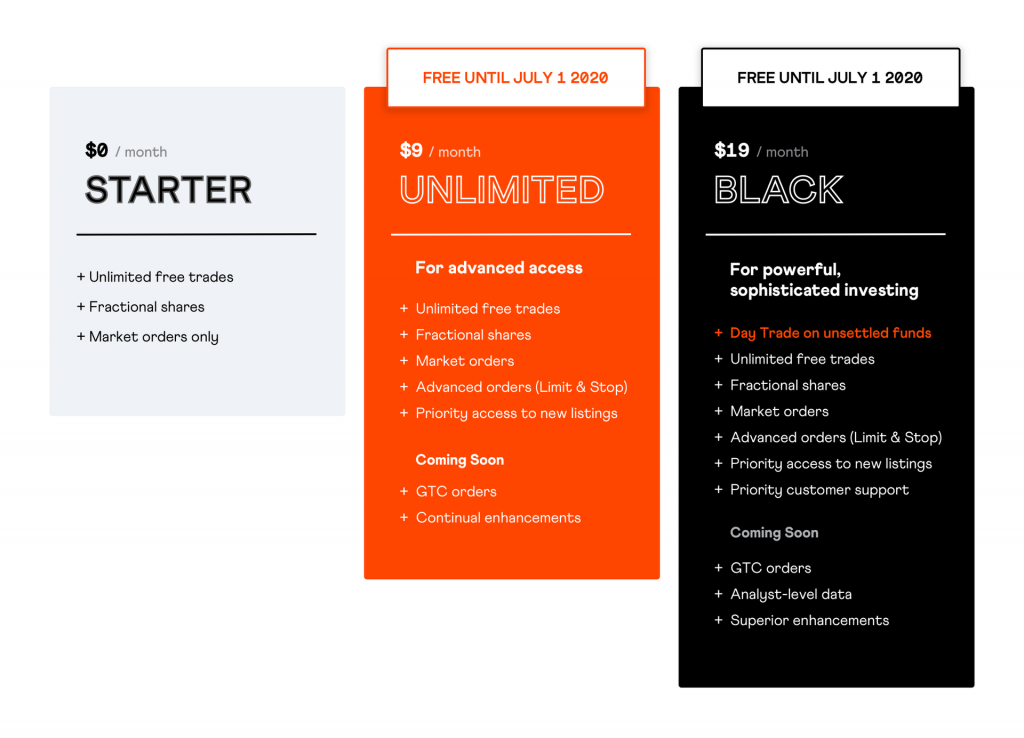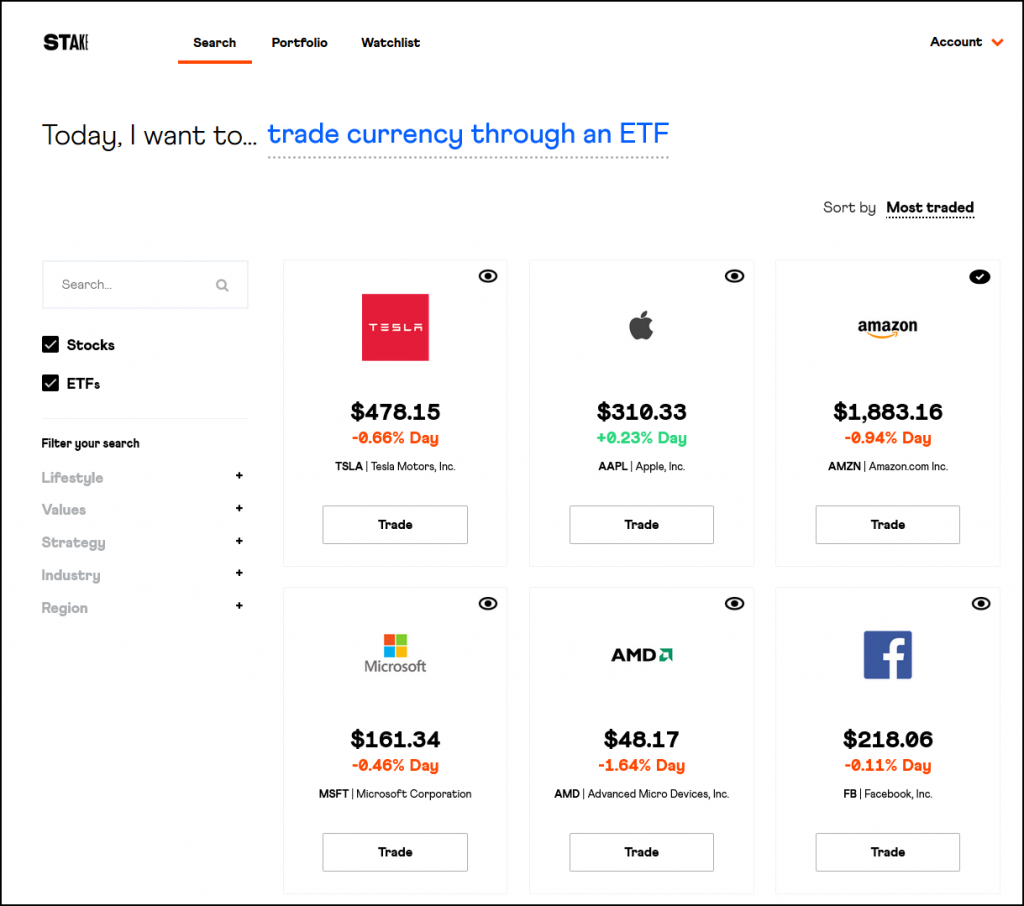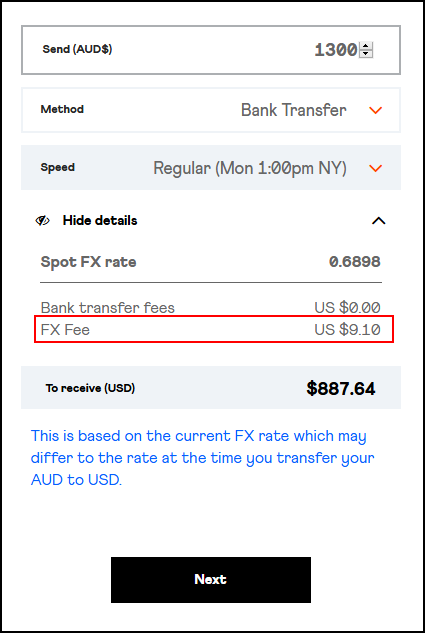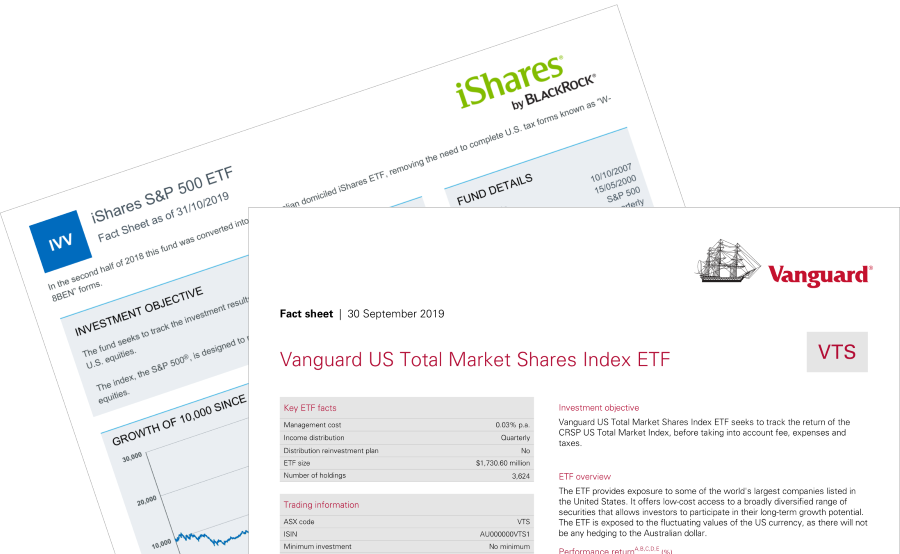The 2020 year turned the world on its head and this means a portfolio rebalance is in order. It is the time to cut under-performing holdings ready for 2021.

Unfortunately my time was limited and the blog got ignored for many months. Work and family commitments come well before the Den of Dividends during the Rony-Rona. So in this post we will catch up for around 9 months worth of trades.
This post will cover my additional buys as well as my portfolio rebalance at the end of the year.
March correction
After my early March purchases covered in the last posting, I paused for a couple of weeks and then continued to purchase at far cheaper prices. Additional shares in Carnival Corporation (CCL) helped bring down my rather costly initial position where I am actually in the green on them today.

I took advantage of an additional deep buy of Vermilion Energy (VET), one of my favourite dividend stocks at the time in late March. I had been buying them for some time however the negative oil prices and the high amount of debt they carry then cratered the share price. With the share price well below $3.00, I trebled my position for less than my existing investment.
The close of 2020 still sees me down significantly on VET and no dividend. The former CEO has been booted out the door and the founders have returned to right the ship. With rising oil prices expected in 2021 I believe I will be in the green later in the year.
I also took opportunity to purchases AT&T (T), Simon Property (SPG), The Interpublic Group (IPG) and Energy Transfer (ET). All of these were average down positions during the drop in the market.
April spinoffs
April brought corporate changes in my United Technologies (formerly UTX) holding as they spun off Carrier (CARR) and Otis (OTIS), and merged with Raytheon to form Raytheon Technologies (RTX).
I took the opportunity to buy a few extra Carrier and Otis shares after relisting under their own identities. Both of these stocks have done very well, especially Carrier. I am now up well over 130% on my CARR holdings. Both stocks now look very expensive and have significant debt which UTX kindly gave them in the divorce proceedings.
I have yet to purchase additional RTX shares since the UTX/RTN merger. It feels like I have missed the boat on that where it was trading below $60. The Dividend CAGR is currently negative so while I am happy to hold, I do not think I will be purchasing any more unless shares drop significantly.
Spirit Realty Capital (SRC) started as a new position in April, where I picked up a small tranche. This REIT was well undervalued at the time and has provided some needed capital growth on a new position. The fact it is doing well in rent collections and still has a starting yield of over 6% makes SRC my preferred Retail REIT. It is fairly priced below $40.
May Madness
I again purchased Simon Property in May under $58 per share to average down my position. With the lockdowns in many US Markets and a horribly timed merger with Taubman Centers (formerly TCO) put on hold, the unrealized loss was over 60%. The only thing you can do when a stock is on sale is to buy more. I am still well down on Simon however it is a quality comany with great assets. I will continue buying SPG to average down.
Building positions June and July
During the ‘summer market’ period, I really started to accumulate into Spirit Realty (SRC). A low $30’s price and a 6.5% starting dividend yield, while collecting a high percentage of their rents, it has been a great performer. SRC is also a rare company that pays dividends in January, so I like how that fills in that income hole.

SRC has a much lower exposure to Movie Theatres in its property portfolio, something that Realty Income (O) is now struggling with. AMC has been doing very badly this year due to lockdowns while AT&T (T) and Disney (DIS) have taken advantage with their streaming platforms and released movies to streaming. This cuts out theatrical releases and in the current state of the world this is a good thing.
I have never personally been much of a ‘go to the movies’ guy, although it is nice now and again. Movie theatres struggling and streaming is starting to take its place. Streaming is now the growing distribution channel at the expense of theatres. While theatres are not going away, their capacity or numbers will need to fall due to lower demand. I do not believe the public will go as often as they did before 2020.
November brings Viatris
With a small holding of Pfizer (PFE), I ended up with a new holding of Viatris (VTRS) in November. Pfizer decided to spin out their Upjohn generic drug division and merge it with Mylan. Unfortunately the share consolidation left me with less than 1 share , so I purchased a few more.
VTRS has done pretty well, with an 11% gain in 2 months and mostly in the last few days of the year. I do not see this going anywhere much higher yet due to the amount of debt that the new company carries, with only about $10b in cash from Mylan’s balance sheet. The Q4 results will be interesting to watch.
December purchases and portfolio rebalance
More purchases in December for SRC, as I again started to look forward to the January dividend payment. I only have a few stocks that pay in January like Altria (MO), Pepsi (PEP), Cisco (CSCO) and Cyrus One (CONE).
I also took a look at a number of small positions in December which I decided top cut loose and invest the proceeds in more core holdings. So just prior to Christmas I said goodbye to a few stocks.
SELL: Prospect Capital (PSEC)
I decided to cut Prospect Capital loose at a slight profit and some decent dividends. The current low-interest environment does not suit their business model at all. There has also been some significant dilution of shareholders due to new issuance of shares. I may come back to them in the future, and probably with preference shares rather than the common stock.
SELL: Realty Income (O)
As a very small and non-core position, it was time to cut Realty Income too. Their ongoing lower rent collections and yield than peers, exposure to AMC and other theatre operations, and an under-performing share price all led to my decision on this. I took a 5% loss however this was less than a $500 position so no major issues.
SELL: Macquarie Infrastructure (MIC)
Macquarie Infrastructure shares did lose value after the dividend was suspended early in the year. I did get a 10% starting yield for reinvestment, but after the dividend cut there was little reason to stay. Once the share price spiked in late December and got me close to by cost average, I got out.
SELL: Brookfield Infrastructure Corp (BIPC)
I received free shares of BIPC from the BIP split in March. BIPC carries a premium due to the demand for C-Corp shares over Partnership Units. The time arrived to cash this small position in and reinvest somewhere else. I still hold BIP and will likely keep adding to it in the hope that I will be able to convert BIP to BIPC, and profit from that premium.
BUYS: MA, T, SRC, BAC
Proceeds of the above stocks are redeployed into Mastercard, Bank of America, AT & T, and Spirit Realty Capital.
Mastercard and Bank of America are two positions with excellent longterm CAGRs and should provide substantial growth in the long term from reinvestment. Neither position is at a size I am happy with, and Mastercard is quite low yield. There will be many more years of building that position, and the share price continues to rise over time.
AT&T and Spirit Realty are both current yield buys, returning 7.2% and 6.5% respectively. Some people are concerned over AT&T’s dividend coverage, I have no such concerns. I believe the growth from HBO Max streaming and a reopening economy in the middle of 2021 should help them pay down debt even faster.
And so ends 2020
The US Portfolio achieved 4.91% capital return, and 5.56% dividend yield for the year. I am very pleased with this result after quite a few dividend cuts. It could have been significantly better with some better capital allocation and smarter buying, however these are learning experiences.
2021 will see some more changes to the portfolio, including new positions and a few growth stocks. While dividend investing is my main thing, we should also not be blind to capital growth opportunities also.
DISCLOSURES:
The author is long on the following US-listed stocks at the time of publication: CCL, VET, T, SPG, IPG, ET, CARR, OTIS, RTX, SRC, PFE, VTRS, MO, PEP, CSCO, CONE, BIP, MA, BAC.
The author has no position on other stocks mentioned, including no short positions.

